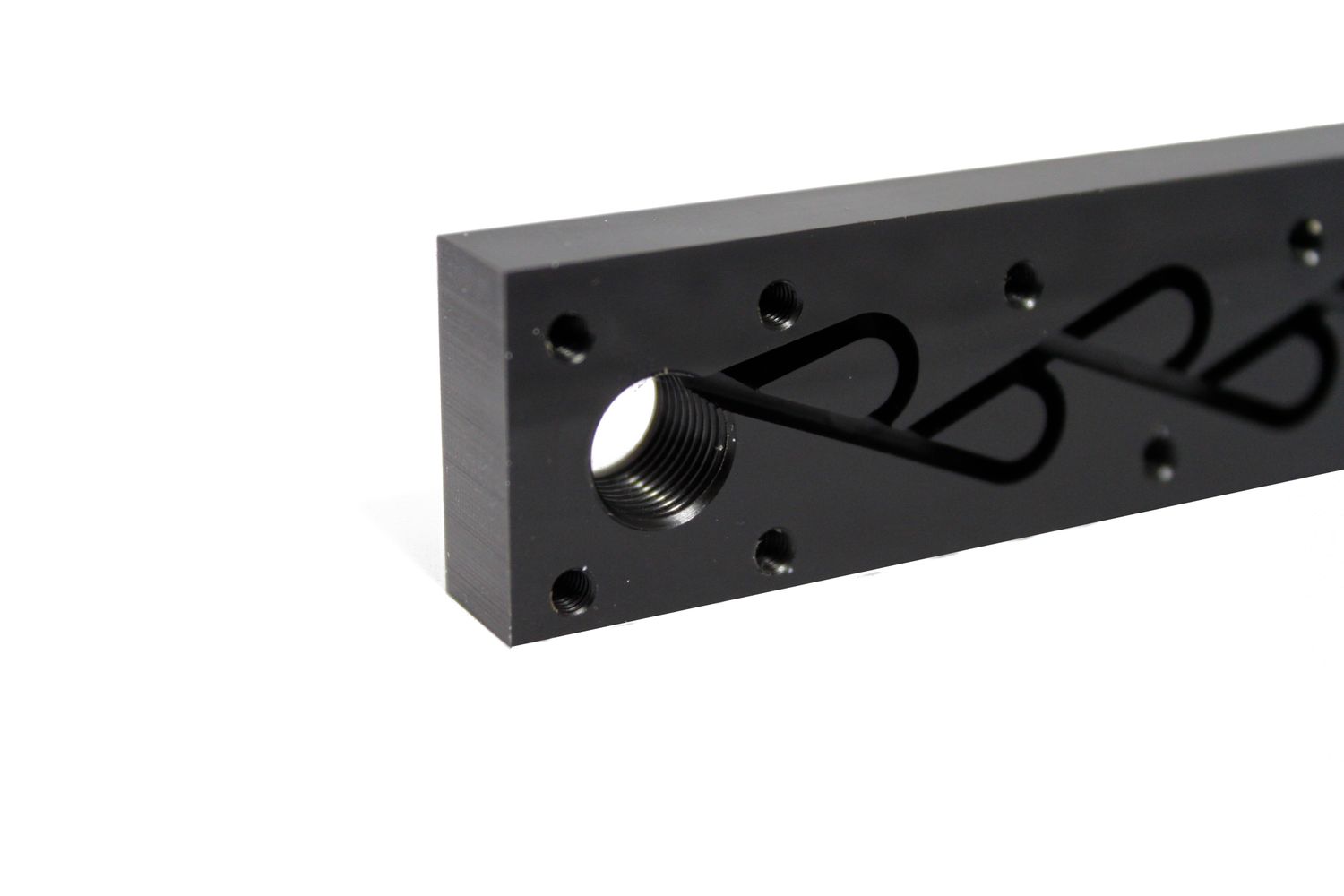PLASTIC Valvular Conduit - Tesla valve
Blow in one end and not much passes through. Blow in the other end and air passes through
much easier.
Nikola Tesla’s valvular conduit is another one of his forgotten inventions. Very few
understand its importance and what it can do. Invented in 1920 it has largely been
overlooked. What is it? In simple terms it is a one-way valve. That in its self is not special.
What makes it special is the fact it has NO moving parts. Think about that for a moment.
How does the gas/fluid get stopped if there is nothing mechanical to get in the way?
The answer is bizarrely simple. The gas/fluid itself becomes the physical restriction.
How? The design uses particular shape. When the gas/fluid flows in one direction it changes
direction slightly, in a zigzag way but is relatively unrestricted and does not find much resistance.
However, when it flows in the other direction because of the design the gas/fluid get spilt into two. These flows then end up meeting almost head on. This causes some resistance. This is repeated numerous times, each time reducing in pressure/flow.
This type of valve is never going to work as a seal for you wine bottle, it simply does not work well at low pressures. However, when high pressures are used it comes into its own and the ratio between two direction of flows gets higher and higher. Amazingly this can be demonstrated just by blowing into it.
Hopefully this product will remind the world of this technology once more.
It is made from clear plastic at the front, black plastic at the back. It is held in placed with a number of screws allowing it to be taken apart. It has M6 connectors thread connectors at both ends allowing easy connection to pipes, compressors etc.
- Nikola Tesla invention
- One way valve (restricted flow) with no moving parts
- Air and fluids pass freely one way but are slowed/stopped the other way
- You can blow in the holes and tell the difference
- At higher pressures it become very effective
- This model now has a M6 thread at each end (old version was 1/4 BSP thread)
- Comes with 22 x T10 torx screws for maximum holding force
- See through plastic top
- T10 torx screwdriver required (fairly common)
- 18~mm H x 225mm W x 22mm D

